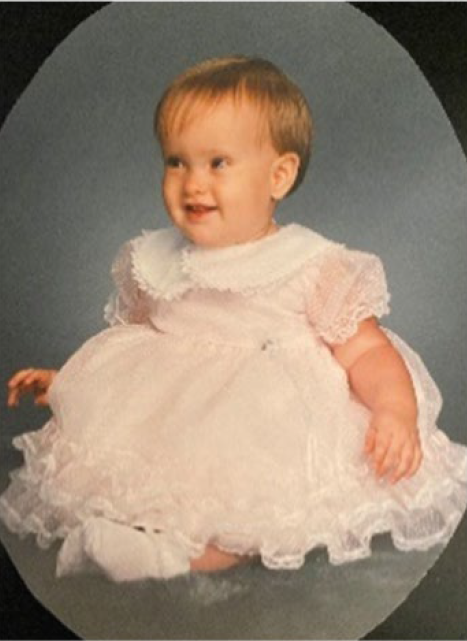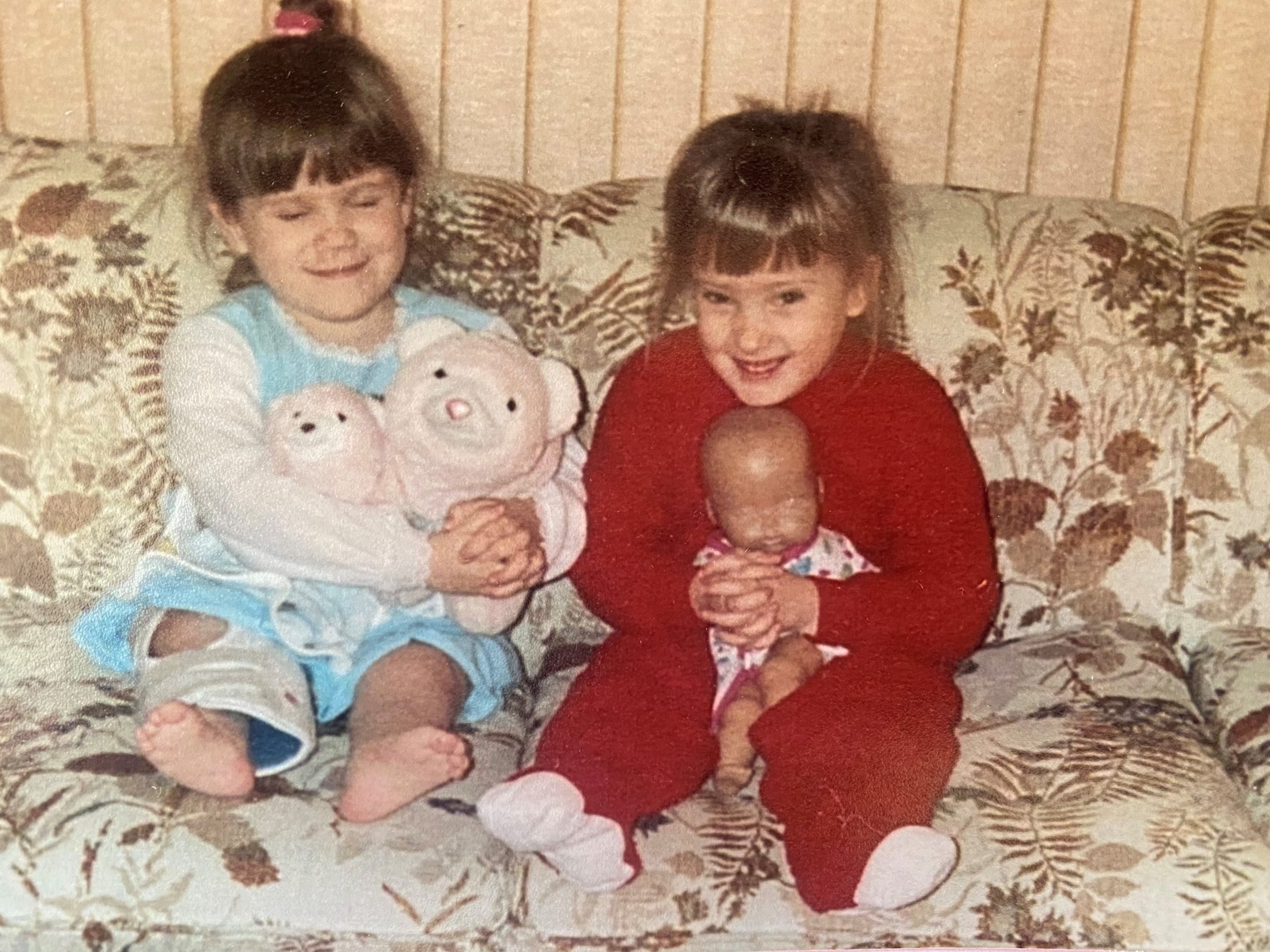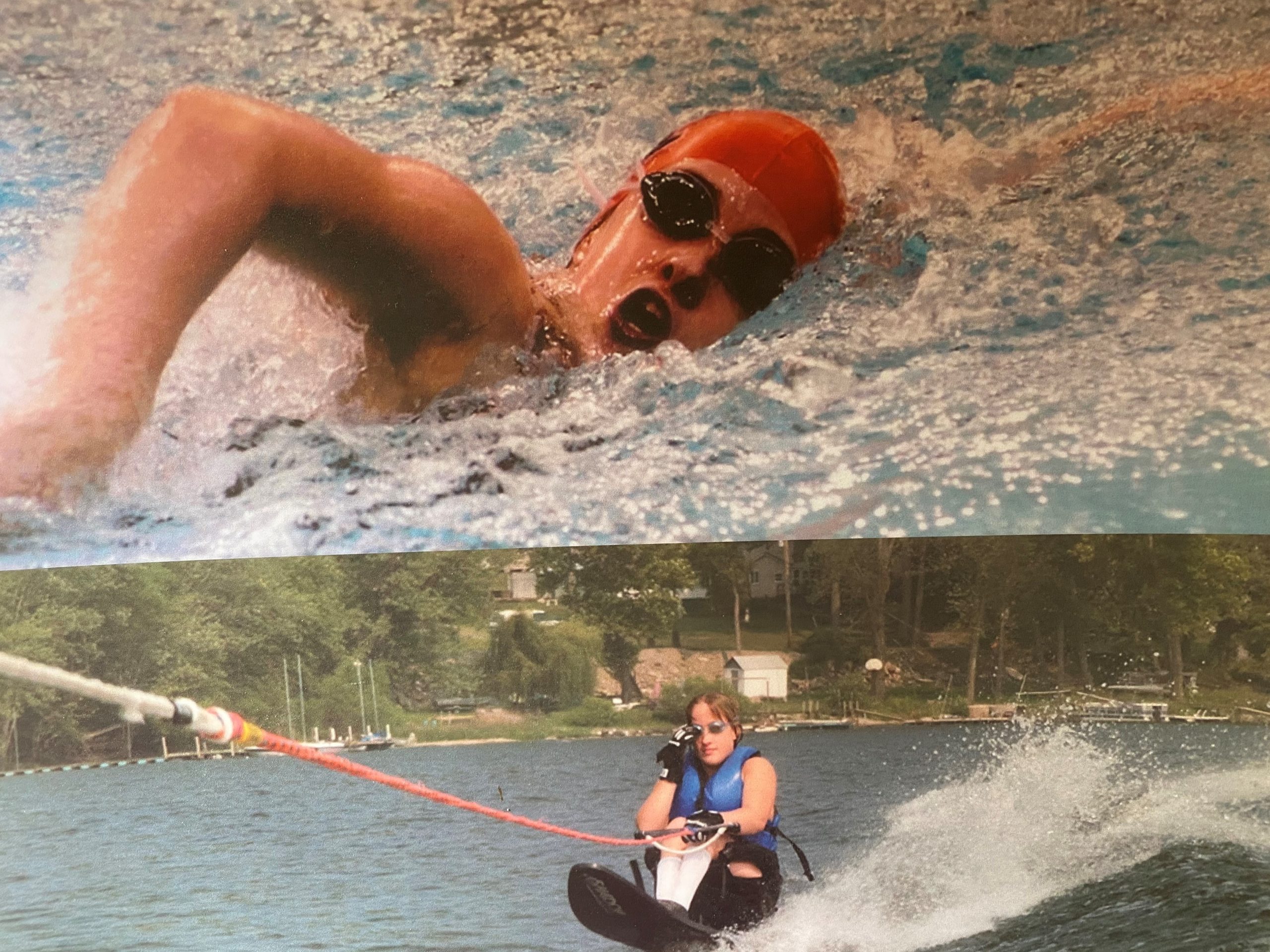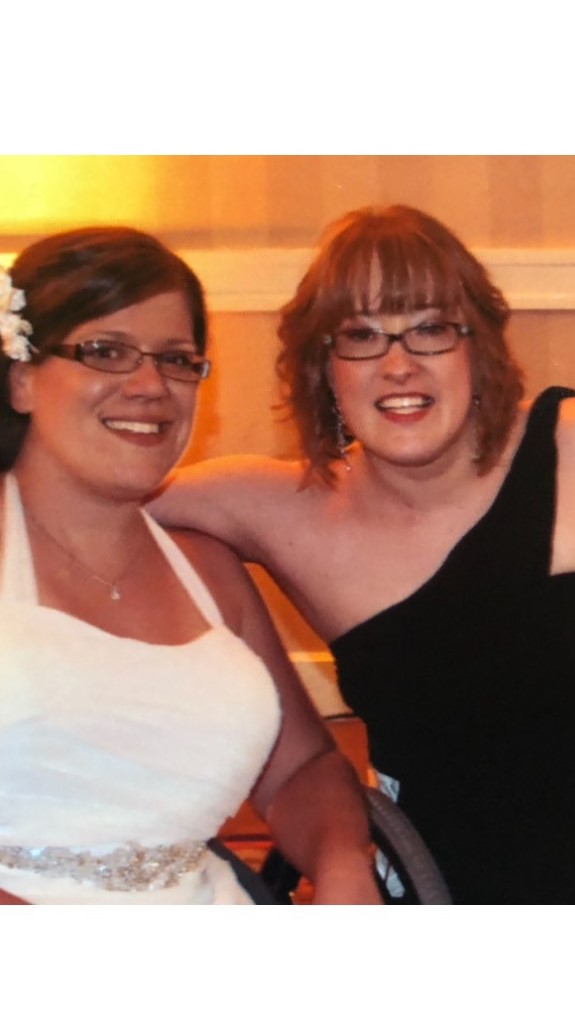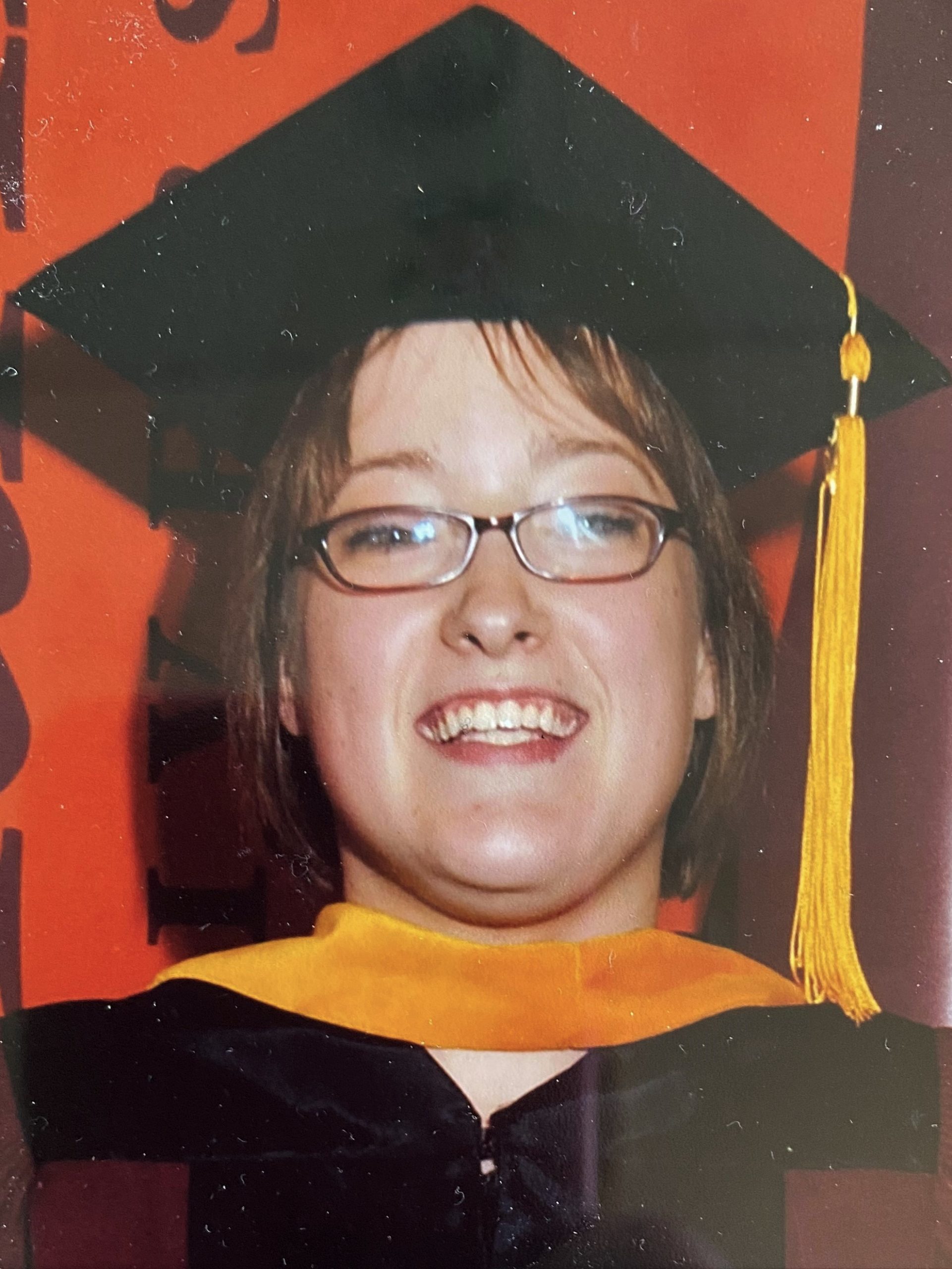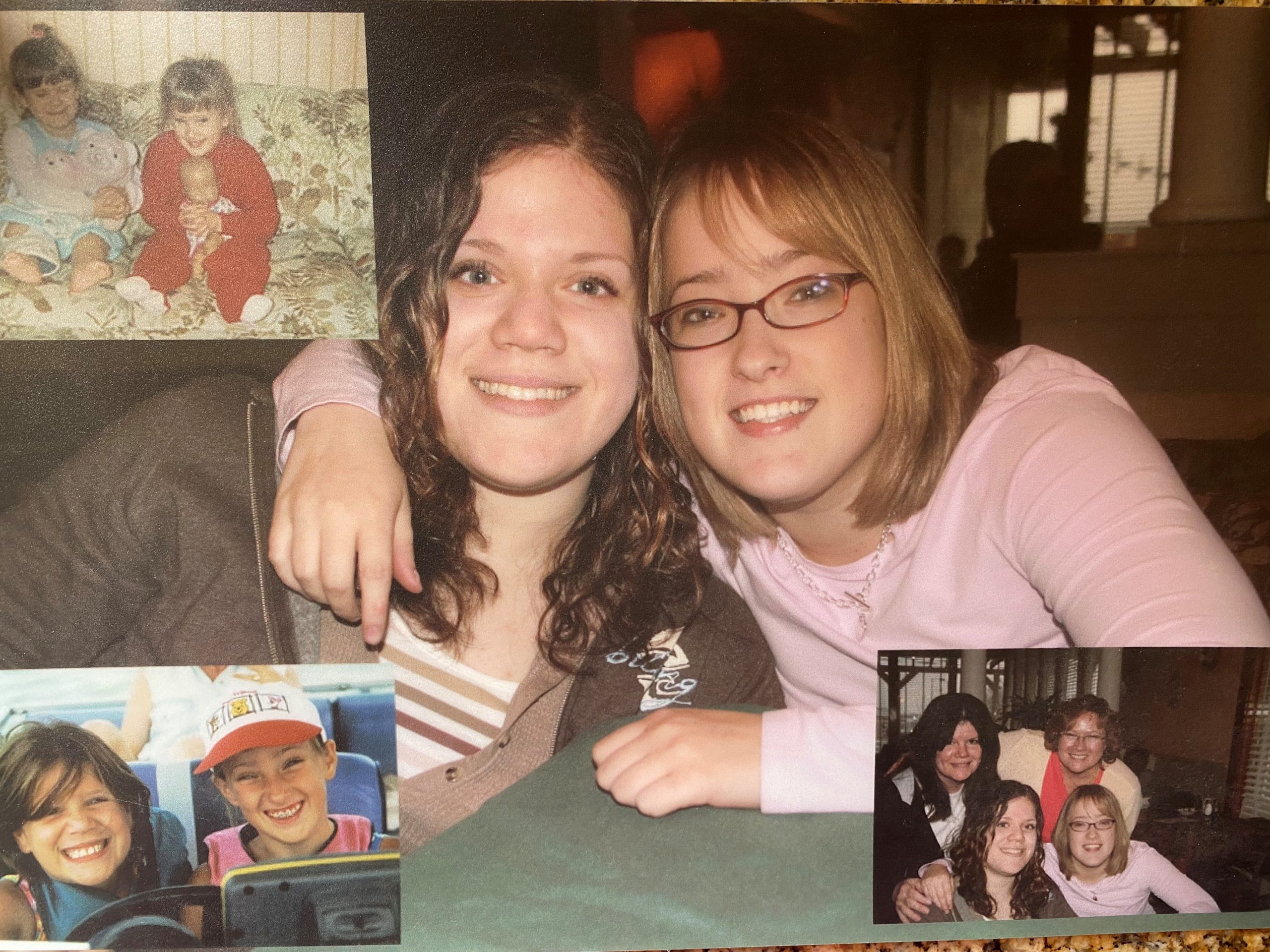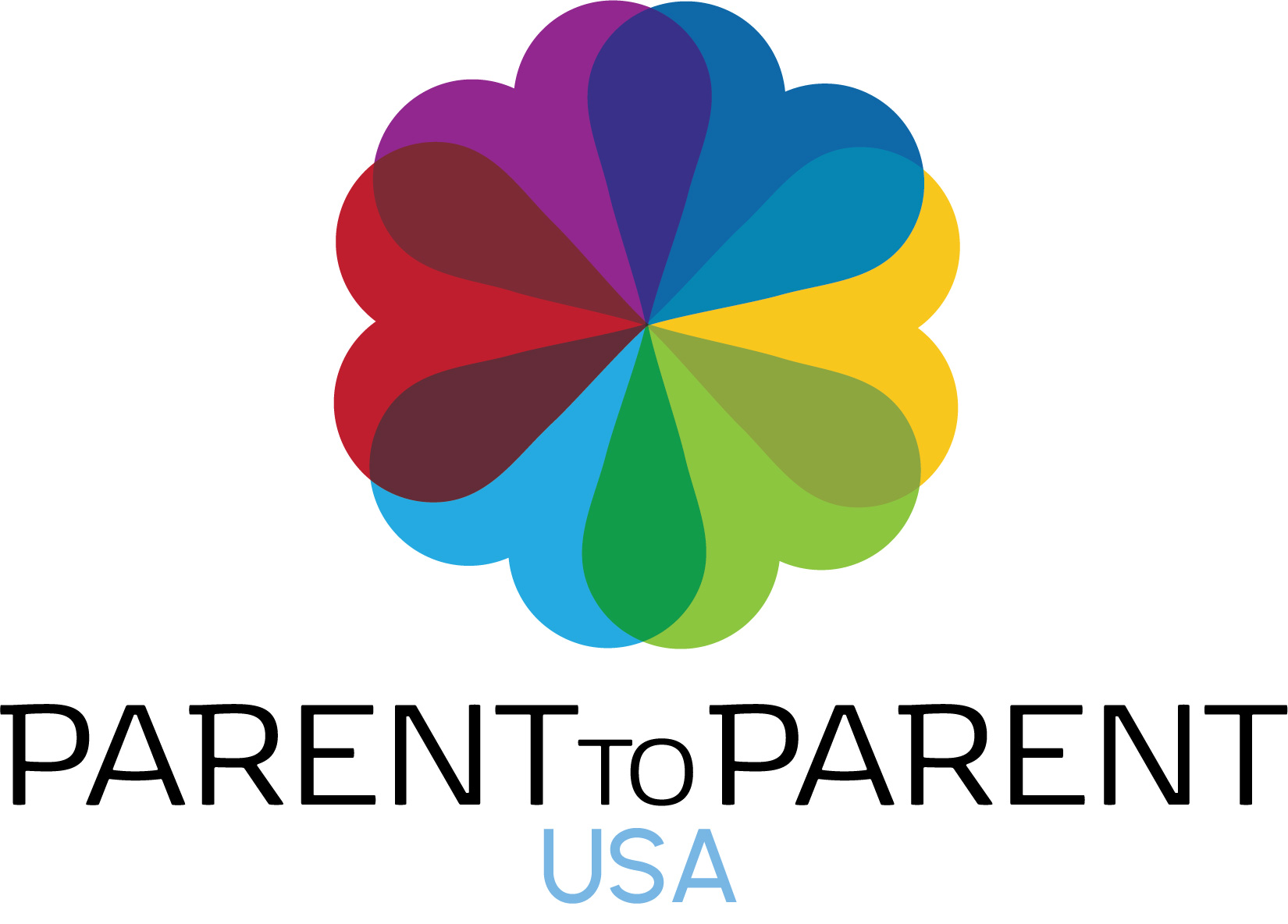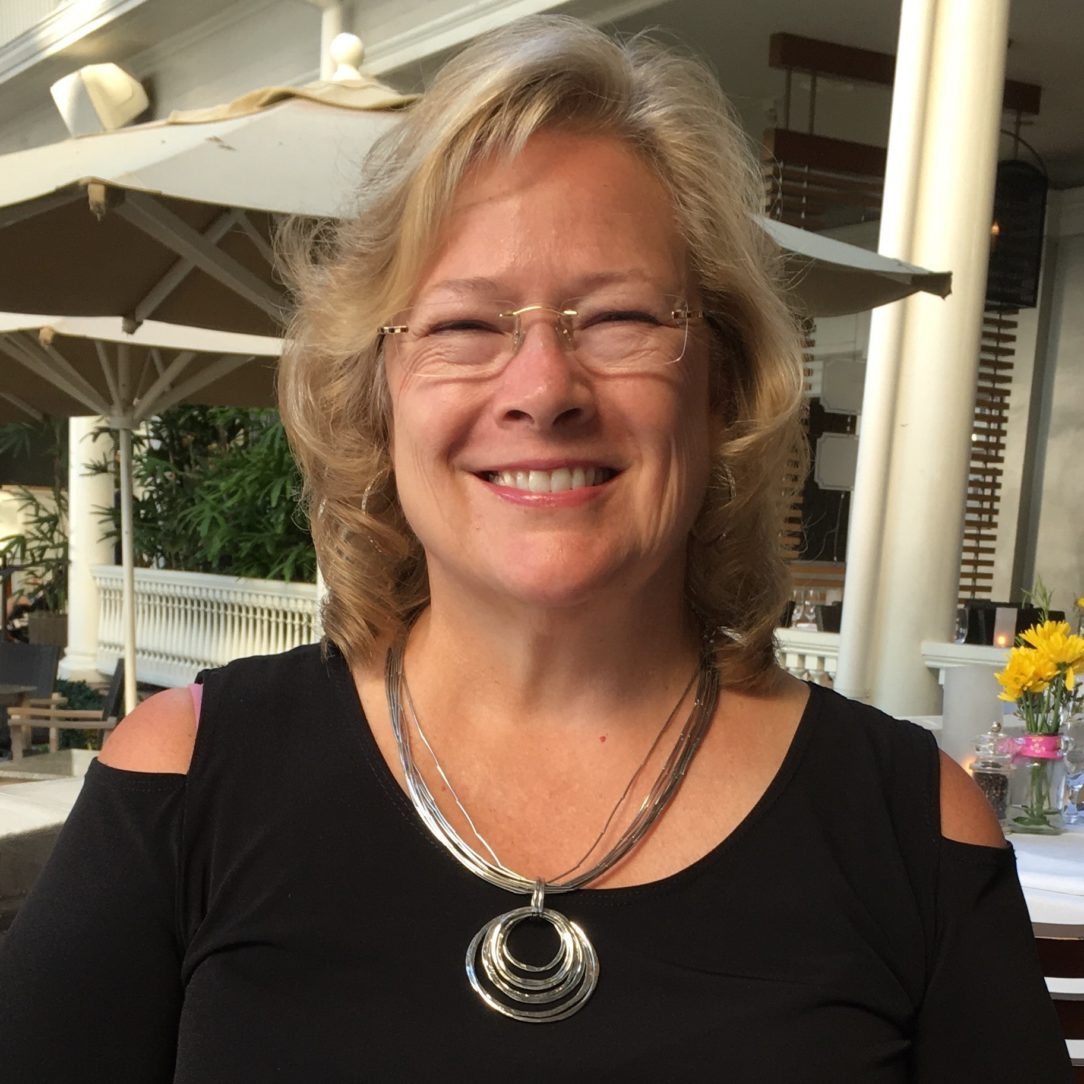Fiona Patrick, Parent to Parent of Pennsylvania Director and P2P USA Board Member, recently shared her personal journey. What role has emotional support played in her healing process? And how did she grow a Parent to Parent program which has provided support to thousands of families in the past 25 years? Whether you are new to caring for a child with special needs or an experienced parent wondering how you can pay it forward, read on, for this is a beautiful story about resilience, connection, and gratitude.
Our Treasure
I watched as those pregnant mothers who had come after me at the OB-GYN office were checked in and left as I sat there and wondered why they were not calling my name. I was the last one sitting there when they finally called me, “Fiona, you can come back now.”
My normally smiling gynecologist seemed quiet. Fiona, he said, “the baby has a cyst on her spine.” which was detected from the ultrasound I had before my appointment with the doctor. In my head I thought, well when the baby is born you can remove the cyst. He went on to say that he had made an appointment that night for us to see a neonatologist at a local hospital. I did not have time to process what was happening, so my husband and I visited the specialist that night. When we sat down across the desk from him, he said, “your baby is going to be born with Spina bifida and she will not walk or do very well in school.” If he said anything after those words, I don’t remember, I was numb. How did I end up here hearing those words, it seemed surreal? All I remember after that was going to my in-law’s house who lived only a few miles from us, while my parents were three hours away, sharing the news and crying until I was exhausted.
After the visit to the neonatologist things moved very quickly, and I was scheduled for a Caesarean section at 37 weeks. I had learned that my baby’s spine that should have zipped closed from the middle of the back to the tail bone had not closed at 12 weeks’ gestation and instead stayed open exposing the nerves that should have gone to her lower legs, her bladder, and bowels. Those nerves were now growing in a sac outside of her body; the most serious form of Spina bifida called a myelomeningocele. A Caesarean section would help to protect those nerves so no more damage could occur. In addition, because the neural pathway was interrupted, my baby would now need to have a shunt placed in her brain to allow the excess spinal fluid that would form to be carried away from her brain and drain in the peritoneal cavity that surrounds the stomach. The shunt tubing would be tracked from her brain under her skin the whole way down her chest to her stomach. How did this happen?
My pregnancy was normal like my first pregnancy, and I was looking forward to having two beautiful daughters. I was not unfamiliar with disabilities. My sister, Heather, who was born 14 years after I was born had the condition of Down Syndrome, but this would be different with a lot of upcoming surgeries to help my baby grow and thrive.
Our precious daughter, who we named Megan meaning pearl, (a valuable treasure) was born one week later after learning about her diagnosis. As soon as Megan was born, I was supported by the family pastor who was in the recovery room with me, but it was not until a few days later that the nurse who was caring for me asked if I wanted to meet another family who also had a daughter who was born with Spina bifida. I remember that day as if it was yesterday. The parents brought their daughter to meet me at the hospital and when they walked into the room, the little girl immediately walked towards me. She had long brown hair and “she was walking” using crutches. As soon as she approached me, I felt the weight I was carrying from first hearing the diagnosis lift from my shoulders and I thought to myself, “I can do this. Is this all I have to worry about?” That family will never know how much that brief encounter changed our lives. I went from being scared that I could not manage all the issues we were going to experience to feeling empowered.
Almost exactly a year later, the nurse who had gently cared for me physically and emotionally called and shared that another precious baby girl had just been born with Spina bifida at the hospital and would I be willing to talk to the mom. I was so humbled to be able to share what I had learned from Megan’s first year of life, but I was thrilled that I could speak to someone who truly understood those overwhelming emotions that I first experienced and was still experiencing a year later that come with hearing that your baby is not going to be born healthy. Had I in any way caused her diagnosis? Would this new acquaintance and I be able to discuss those types of feelings in depth and find comfort from each other? The answer is a resounding, “yes.” From that first meeting at my home, Barb Yost and I became fast friends and talked many, many, days, and nights (through the nights till morning, when my husband was on his way home from working night shift) about multiple shunts revisions, surgeries, educational concerns, recreational and home adaptations, and family dynamics.
Our daughters, Megan and Kelsey and husbands also became friends and together mom and I were stronger. The strengths that we had individually seamlessly meshed, hers in education and mine in medical technology paired so well that we could answer each other’s questions in our fields of expertise … and we went on to not only support each other through the decades but other families by running the Penn State Hershey Medical Center Spina bifida support group for four years and watching that group grow!
I now had a Passion… not just a job…
… and when Barb shared with me that she had seen information that the state of Pennsylvania was starting a Parent to Parent program in our state, she encouraged me to apply. I did apply and now 25 years later I am now the Director of the program, which has also grown and has provided support to thousands of families the past 25 years.
The baby who was not going to walk or do well in school has surpassed the neonatologist’s ominous prognosis (although not without a lot of blood -literally from her too numerous to count surgeries; sweat – a lot of physical therapy and tears -each time we sent her to the OR not knowing whether we would see her again, with some of her surgeries being so heart breaking to watch her go through, plus continuous prayers from our friends and family.)
Megan learned how to walk and is a community ambulator using loft strand crutches and a wheelchair for long distances. She graduated from Susquehanna University with a biology degree and drives to her job at Penn State Hershey Medical Center in her own car that has been adapted with hand controls. Growing up she was the only disabled athlete on her high school and college swim teams and while still in high school made the times needed to swim internationally, at the Paralympic Time Trials. She learned how to water ski, a family sport, and snow ski another family favorite using adaptive equipment. She is bright, has a strong work ethic, is very personable, incredibly brave and has a smile that can “light” up a room.
I certainly understand that all outcomes are different for our families. We have over 830 conditions that our volunteer Peer Supporters can support for with a spectrum of diagnoses and support needs, but what is consistent with our families is that once they have been connected to another family with the same condition or concern, they report that the emotional support they have received has been beneficial and, in my case, life changing!
